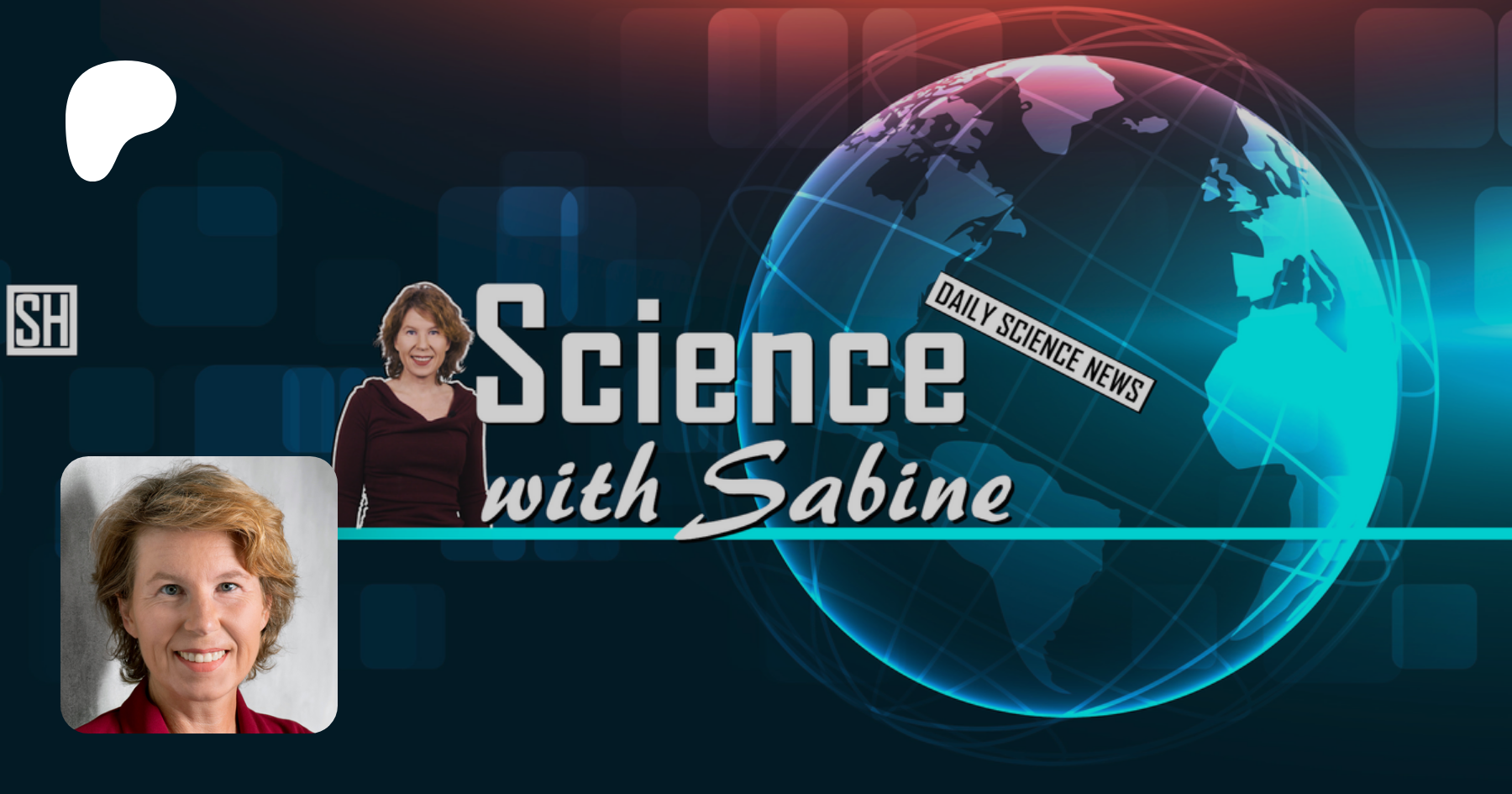- Sabine's Newsletter
- Posts
- Hardware that Learns, the Travelling Sales Pitch, Ice 21, & Battery Progress
Hardware that Learns, the Travelling Sales Pitch, Ice 21, & Battery Progress
This week’s science bits from SWTG

Hardware that Learns

Prototype of a chip that learns as it computes with sensors to measure its performance. Image Credits: Zhou et al, Comm Eng 4, 142 (2025).
Researchers at the University of Texas at Dallas recently published a paper about a brain-inspired computer that can learn from updating rules directly in the hardware. For this, they built a network from eight magnetic tunnel junctions and showed it can complete vector/matrix operations and learn without supervision. They also did a computer simulation of a larger device and showed that, as the network grew, it learned to recognize handwritten digits with roughly 80% accuracy.
Granted, being about 1 cm in size, their network is huge compared to what one can squeeze onto microchips these days. However, they say they can do more than 600 trillion operations per second per watt, that is more than 1000 times better than an Nvidia GTX 980. It is a small prototype, but who knows, it might become the future of intelligent machines. Press release here. Paper here.
This week’s episode of Science News is about time progress in battery technology. Our shift towards renewable energy relies on battery technology. Governments all over the world have poured money into battery research, which is why science press headlines are filled with new, eye-popping headlines promising a new revolution in battery technology each week. Most of that news is just hype, but science is actually bringing change to the world of batteries. Let’s take a look.
Prominent Quantum Computing Use Evaporates

A group of physicists argues that one of the most-often used examples for the use of quantum computers — solving the travelling-salesman problem (TSP) — is futile. They reviewed two decades of failed attempts to force the problem into a form where a quantum computer would have an advantage, and concluded it is better to stick with classical or hybrid classical-quantum systems. Concretely, they write:
“In terms of the question of whether there is evidence that purely quantum approaches (as opposed to hybrid quantum-classical approaches) can solve even small-sized TSPs, this article has reviewed two decades of literature to conclude there is little cause for optimism.”
The traveling salesman problem is the task of finding the shortest route among a number of given locations. Closely related problems need to be solved in many every-day routines, from logistics to finance to 3d printing. For this reason, the traveling salesman problem has become the traveling sales pitch of quantum computers. Paper here.
200+ AI Side Hustles to Start Right Now
AI isn't just changing business—it's creating entirely new income opportunities. The Hustle's guide features 200+ ways to make money with AI, from beginner-friendly gigs to advanced ventures. Each comes with realistic income projections and resource requirements. Join 1.5M professionals getting daily insights on emerging tech and business opportunities.
Ice 21

X-ray image of a tiny piece of Ice 21 crystallizing. Credits: Lee et al, Nature Materials (2025).
Researchers from the Korea Research Institute of Standards and Science have discovered a new crystalline form of ice, named Ice XXI. They squeezed water to more than two gigapascals (about 20,000 times atmospheric pressure) at room temperature and watched it freeze with microsecond X-ray flashes (see image).
Ice XXI quickly melts again as pressure changes, so it’s not a stable form like Kurt Vonnegut’s fictional Ice-Nine, a stable polymorph of water that converts all standard water into ice. Such stable polymorphs of chemicals are not entirely fiction. A more stable, different crystal form of the same substance can sometimes replace another one after even the smallest contamination. This indeed happened with the HIV drug ritonavir, whose new crystal form “infected” factories. It’s a fascinating story that you learn more about here. Luckily, Ice XXI isn’t that kind of menace. Paper here. Press release here.
Here’s the October episode of my monthly science news roundup with Lawrence Krauss.

